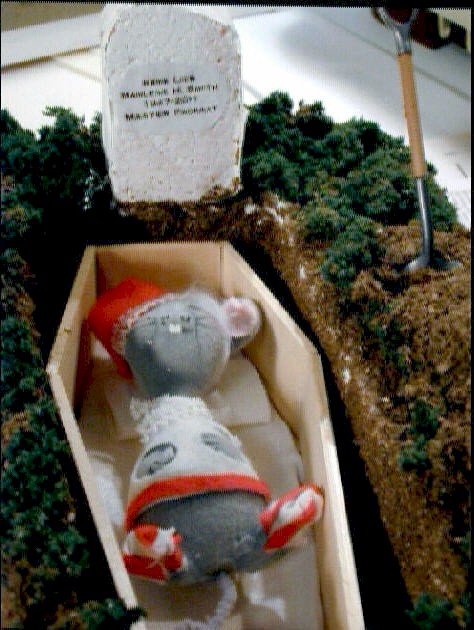Hello!
For the next part of my Thinking Digital 2015 breakdown I'm looking to review the speakers who spoke on innovation. Now most if not all the speakers spoke on innovation, so to narrow the field and make this blog post smaller than 100,000 words I'm focusing on innovation in the home and local spheres.
There was no better speaker on home innovation and making the Internet of Things accessible to individuals than Andy Stanford Clark. Currently a visiting professor at Newcastle University and a master inventor at IBM, Andy has shown incredible creativity and invention approaching problems with insightful and fun solutions.
The talk consisted of trying to understand life's problems or things you wish to achieve and from there review how you can achieve your goals, from solutions to eliminate the mundane and improve lifestyle, to time and money saving systems with actual impact on human lives.
One of the core conceits of the talk was that innovation truly begins at home, Andy's own ingenuity was sparked as a child when attached a moisture detector to a buzzer and hung it outside on his washing line at home. This was so that whenever it would rain the buzzer would sound to alert the people in the house to bring the laundry in.
Andy argues throughout his talk that we have reached a point now where it is easy for anyone to make a computer and understand how to create devices and functionality through logic. Computers are now cheap and accessible to vast swathes of people, the Raspberry Pi computer allows for a simple coding interface with its low price making it an easy point of entry.

The talk continues where Stanford Clark shows how innovation can be used in a world embracing an Internet of Things slowly leading us to where it can actually significantly impact people's lives. Using a simple computer you can create an electricity usage calculator which can allow individuals to work out how much money they're spending on appliances throughout the year. Created in a classroom with a raspberry pi and a ping pong ball with watt detector the 'Orb of Awesome' changes colour depending on how much energy is being used. Whilst these devices already exist Stanford Clark shows that this is just one area which can be improved on and often more importantly, provide direct agency to those involved to make them engaged. He has even taken this further by automating a Twitter feed directly from his house which documents his energy usage on a daily basis. Through his own tinkering Andy discovered that the clock in the microwave actually consumes more energy throughout the year than the function the appliance was designed to do.
With the new internet of things we have the ability to create many functions at different levels. With more accessible technology we must bear in mind the following:
- Instrumented
- Interconnected
- Intelligent

Using this technology on a wider scale can let people know when a ferry arrives, when aid arrives to a natural disaster or just how to save money on a fuel bill. We are entering a new age of innovation, and everyone can get involved.
Tony Hey continued the theme of innovation by charting the ages of technology. Hey argues that there have been three ages of computing.
- 1950s
- Simulation
- ENIAC- massive military machine
- Communication in simulation era
- IBM mainframe era
- Computers are the size of tanks
- 1980s
- Communication
- Personal computing
- Connection to printers
- Personal programming
- Precursor to home computers today
- Killer app - spreadsheets
- Communication killer app - email
- Second step within the age
- Internet
- Use of system to complete function
- Communication is important in what it leads to
- Natural progression from Moore’s law of natural growth
- New algorithms and natural growth
- 2010s
- Simulation
- Internet driven cars
- Assisted technology
- Automated systems on existing infrastructures
- Gathering actual insight from data as opposed to data collection
- Algorithms become even more intelligent
Hey leads us on to the topic of AI and the possibilities within. Is it strong or weak? Is artificial intelligence capable of intelligent design - analysis and insight? Hey argues it is more likely to only be capable of brute force, in that it can do simple logical tasks well and do them fast, however it can't actually think, imagine it if you will as a passionate photocopying clerk as opposed to an executive.

More updates from my Thinking Digital experience soon!
AT
No comments:
Post a Comment